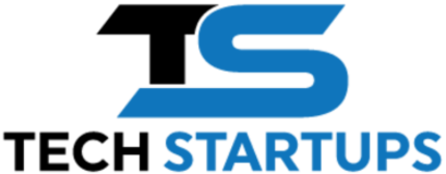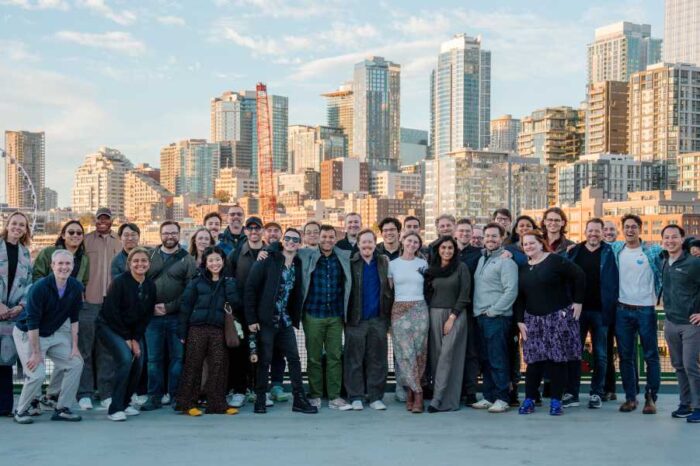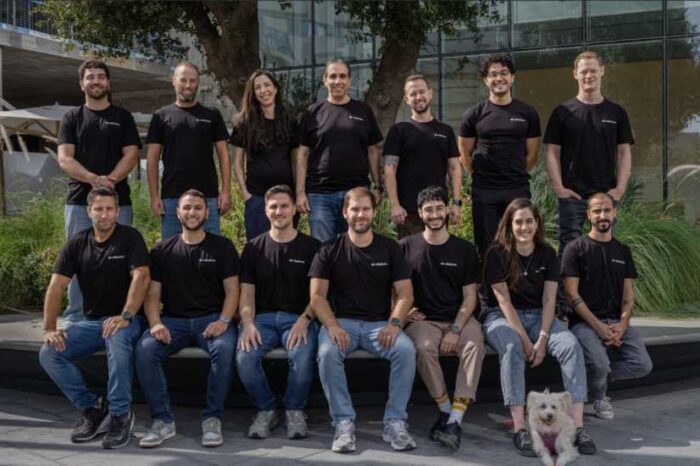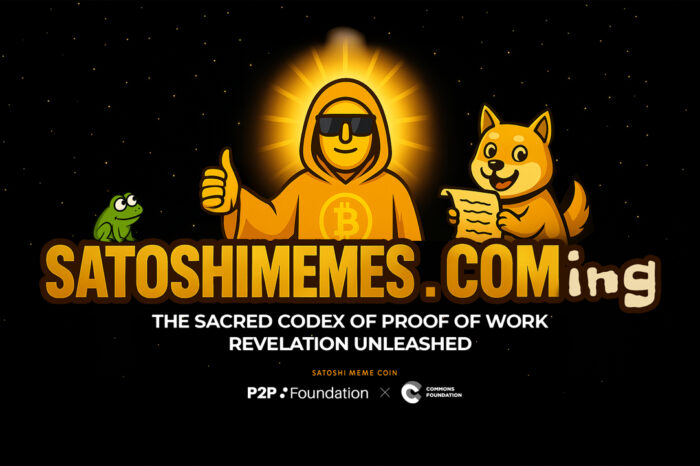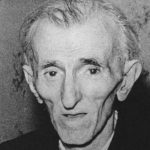Nikola Tesla’s final words still echo today, yet he remains the ‘Forgotten Inventor’
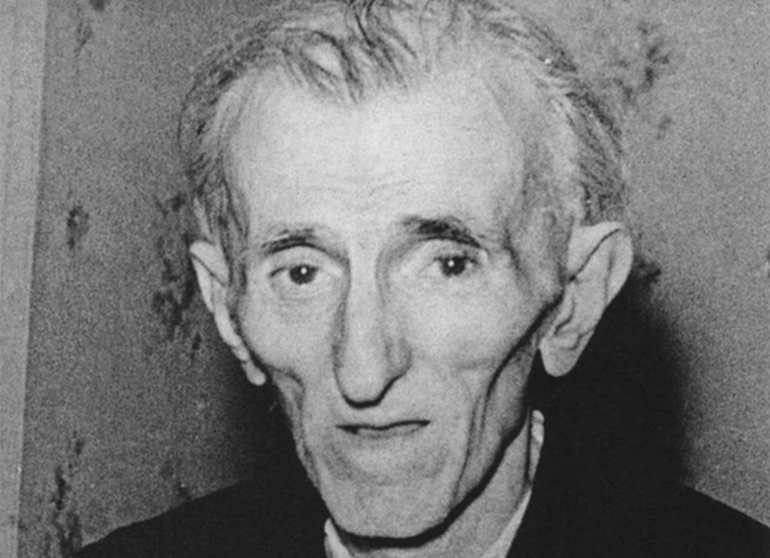
Four years ago, we wrote a simple piece about Nikola Tesla’s final words. It wasn’t written to go viral. Just one sentence from a man who gave everything—and died with almost nothing.
“All these years that I had spent in the service of mankind brought me nothing but insults and humiliation.”
The response stunned us. Nearly 150,000 of you read it, not because the article was special, but because Tesla’s pain remains with us to this day. People feel that quiet heartbreak—doing everything right and being dismissed anyway.
With the U.S. government gutting funding for science, education, critical innovation, and just about everything that makes this country innovative, we feel it’s the right time to revisit the life of a man who gave us much of the technology we rely on today, and was later forgotten by the very society he served.
Nikola Tesla: The Forgotten Inventor Who Dreamed Too Big
Nikola Tesla was born in 1856 in Smiljan, in what is now Croatia. His father was a Serbian Orthodox priest. His mother, though unschooled, had an extraordinary memory and inventiveness that shaped Tesla’s early love for science. He was a brilliant student, gifted with the kind of photographic memory that allowed him to perform integral calculus in his head. By his early twenties, he had already formed the idea of a rotating magnetic field—the fundamental principle behind alternating current (AC).
In the early 1880s, Tesla moved to the United States with nothing but a few belongings and a letter of recommendation. He began working under Thomas Edison, but the two clashed—Edison was all about direct current (DC), while Tesla believed AC was the future. Eventually, he left Edison and developed his own patents, including the AC induction motor. George Westinghouse saw the potential and licensed Tesla’s patents, setting up a bitter battle between AC and DC. Tesla won.
Building a World That Wasn’t Ready for Him
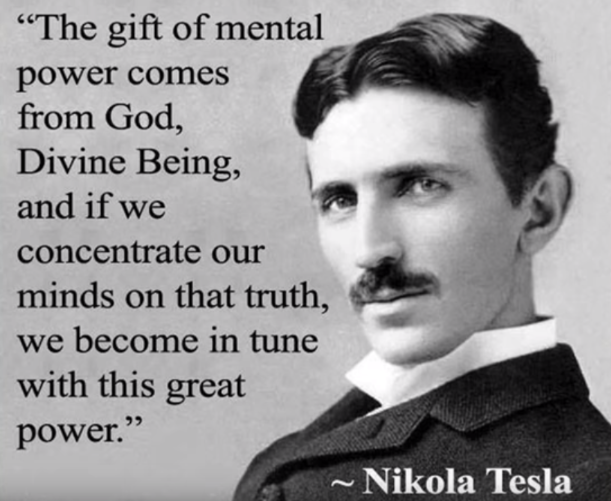 Flush with early success, Tesla aimed higher. He imagined wireless lighting, global power transmission, and even sent a radio-controlled boat across a pond before radio was considered viable. His experiments with high-voltage electricity led to the development of the Tesla coil—still used in radio technology today.
Flush with early success, Tesla aimed higher. He imagined wireless lighting, global power transmission, and even sent a radio-controlled boat across a pond before radio was considered viable. His experiments with high-voltage electricity led to the development of the Tesla coil—still used in radio technology today.
But his greatest ambition was Wardenclyffe Tower—a massive structure built on Long Island, designed to wirelessly transmit free electricity around the world. J.P. Morgan originally funded it, but when Tesla expanded the concept to include free global communication and energy, Morgan pulled out. No return on investment, no more money.
The tower was never completed. The press turned on him. Financial support vanished. And the man who gave the world the future began to fade into obscurity.
A Quiet Descent
Tesla spent his later years in New York, feeding pigeons in Bryant Park and working on experiments in solitude. He believed he had received signals from another planet. He spoke of particle beams and death rays. People stopped listening.
In 1943, Tesla died alone in Room 3327 of the New Yorker Hotel. He was 86. Much of his work, drawings, and notes were confiscated by the U.S. government. Most of it was never returned to public view.
In 1952, after pressure from Tesla’s nephew, Yugoslav politician Sava Kosanović, Tesla’s entire estate was shipped to Belgrade in 80 trunks marked “N.T.” Five years later, Kosanović’s secretary Charlotte Muzar transported Tesla’s ashes from the United States to Belgrade. They are now displayed in a gold-plated sphere on a marble pedestal in the Nikola Tesla Museum. His archive consists of over 160,000 documents and is recognized by UNESCO under the Memory of the World Programme.
His final words weren’t a plea. They carried weight, not victimhood: they reflected conviction tempered by profound sorrow. Tesla gave—everything. And the world gave almost nothing back.
The Patents They Built On
Tesla obtained nearly 300 patents across 26 countries. At least 278 of them are known to this day, many of which were issued in the United States, Britain, and Canada. Others were scattered throughout the globe. Some of his patents went unaccounted for, and several that lay buried in archives have only recently been rediscovered.
His ideas became the foundation for countless technologies that shape the modern world—from AC power systems to radio, remote control, and wireless energy transmission. The irony is that the systems that Wall Street profits from today are deeply rooted in Tesla’s intellectual labor. The financial world continues to generate billions of innovations built atop the skeletons of early inventions, yet the people who created them are often treated as footnotes.
While modern finance rewards middlemen, platform owners, and those who package ideas, Tesla lived and died without ever learning to play that game. He wasn’t trying to extract value—he was trying to give it away.
What We Still Haven’t Learned
Tesla’s name is everywhere now—on electric cars, tech companies, documentaries, and memes. He’s been reclaimed by history as the archetype of the misunderstood genius. But it came too late.
On January 7, 2021, Elon Musk became the richest man in the world—on the same day Nikola Tesla died 78 years earlier. While Musk built his fortune on technologies that trace back to Tesla’s inventions, the man himself died penniless.
Swindled and abandoned by both Thomas Edison and J.P. Morgan—two of the most powerful men of the time—Tesla spent his final years in isolation. He died alone in a New York hotel room on January 8, 1943. In his final letter to his mother, Tesla wrote:
“Please mother, pray for me over there! ‘I wish I could be beside you now mother, to bring you the glass of water. All these years I have spent in the service of mankind brought me nothing but insults and humiliation.”
The same pattern plays out today. Builders who focus on meaningful work over optics often go unnoticed. Scientists who warn of long-term threats are called alarmists. Founders working on unflashy but vital tools struggle for funding while trendier ventures grab headlines.
Tesla didn’t want parades. He wanted support. A chance. Some kindness. We gave him applause after he was gone. And even that took decades.
So here we are again, four years after that original article. More people know his name now, sure. But the system that humiliated him still stands. The cycle still turns.
His final words weren’t just about him. They were a warning to the world.
And we still haven’t learned.
Below is a video documentary of Nikola Tesla, The Forgotten Inventor.
